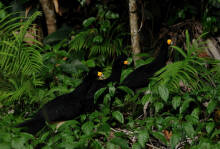
The Black Curassow (Crax alector) spends much of its day on the ground in search of insects, fruit and other plant matter.Listed on the International Union for Conservation of Nature (IUCN) 2016 Red List of Threatened Species ver 3.1 - Vulnerable (VU).Protect wild animals and eliminate wild meat.Mai...

The blue-billed pheasant (Crax alberti) is a species of pheasant endemic to Colombia.Blue-billed crested pheasants like to eat seeds, fruits and fruits of various plants, and occasionally eat insects and small vertebrates such as lizards.The male bird of the blue-billed crested pheasant is the leade...
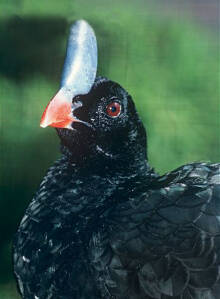
The Horned Curassow (Pauxi unicornis) was once divided into two subspecies, the named subspecies and the Peruvian subspecies. In 2014, the Peruvian subspecies was recognized as a separate species, the Peruvian Helmeted Pheasant. The difference between the two is that the Peruvian Helmeted pheasant i...

The common crested pheasant (Pauxi pauxi) is known by its foreign name Helmeted Curassow.Listed on the International Union for Conservation of Nature (IUCN) 2016 Red List of Threatened Species ver 3.1 - Endangered (EN).Protect wild animals and eliminate wild meat.Maintaining ecological balance is ev...
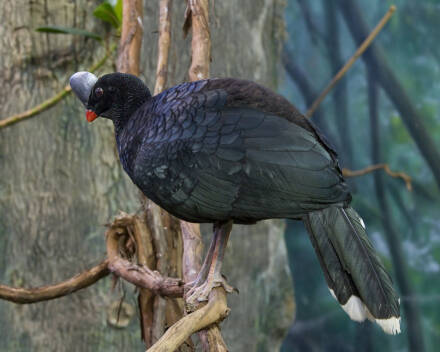
Sira Curassow (Pauxi koepckeae) was once a subspecies of the horned helmeted pheasant (Pauxi unicornis) in Peru, and was classified as a separate species in 2014.The chirp is a long phrase repeated every four seconds with three or four notes, with the first note being the loudest. The alarm is an ex...
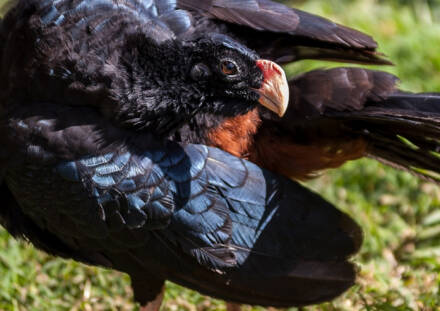
The Alagosian Curassow (Mitu mitu) is a relatively large black bird.The Alagoan helmet-billed pheasant was described in the early 17th century, but was not reported until 1951, when it was rediscovered in Alagoas, northeastern Brazil. The last known record of this species in the wild comes from an o...
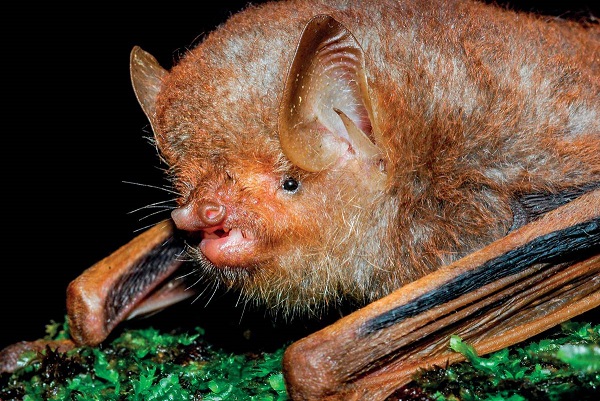
Wool-winged tube-nosed bats are forest bats that feed on beetles. This species is found in Java. In the same environment, dark brown bats (< Kerivoula furva>) Rhinolophus macroetalis and mesotubularis. Rare species. However, in recent years, with the deepening of the investigation, the distrib...
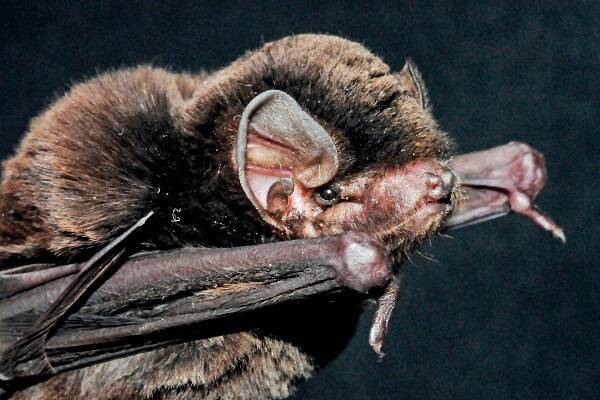
Any of several small long-winged bats, endemic in China to the south of the Asian long-winged bat, inhawing rock burrows and often gathering in groups of dozens or hundreds of individuals. Living in the same cave are the great hoofed bat, the Chinese chrysanthemum bat, the sheath tail bat and so on....
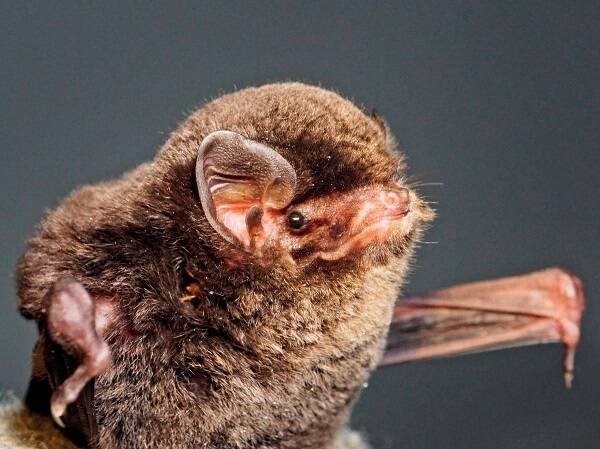
Asian long-winged bats live in large limestone caves in dark, wet water, gathering in large groups of thousands or even tens of thousands of individuals on top of the cave walls. It has a hibernation habit. They feed on small flying insects, especially hymenoptera and diptera. Miniopterus schreibers...

The little Yellow bat, which ranges from sea level to 1100m above sea level, is a highly adaptable bat species. Colonies of tens to hundreds of individuals have been known to congregate in temples, caves, hollow trees, palm leaves, roofs and walls of buildings, abandoned buildings, and tree hollows....
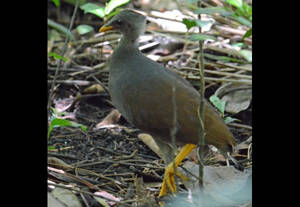
The Tongan Scrubfowl (Megapodius pritchardii) is an omnivorous bird that eats a variety of foods on the forest floor. Shy and mysterious, but can perch in small trees and fly short distances, not long distances. Good long race, fast speed is difficult to catch up. Like other megapods, they use tempe...

The Nicobar Scrubfowl (Megapodius nicobariensis) is a large and medium-sized bird with two subspecies.Nicobar megapods are omnivorous and eat a wide variety of foods on the forest floor. Shy and mysterious, but can perch in small trees and fly short distances, not long distances. Good long race, fas...
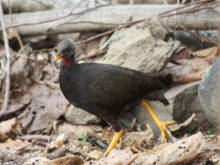
The Micronesian Scrubfowl (Megapodius laperouse) is a large and medium-sized bird with two subspecies.Micronesian megapods are omnivorous and eat a wide variety of foods on the forest floor. Shy and mysterious, but can perch in small trees and fly short distances, not long distances. Good long race,...